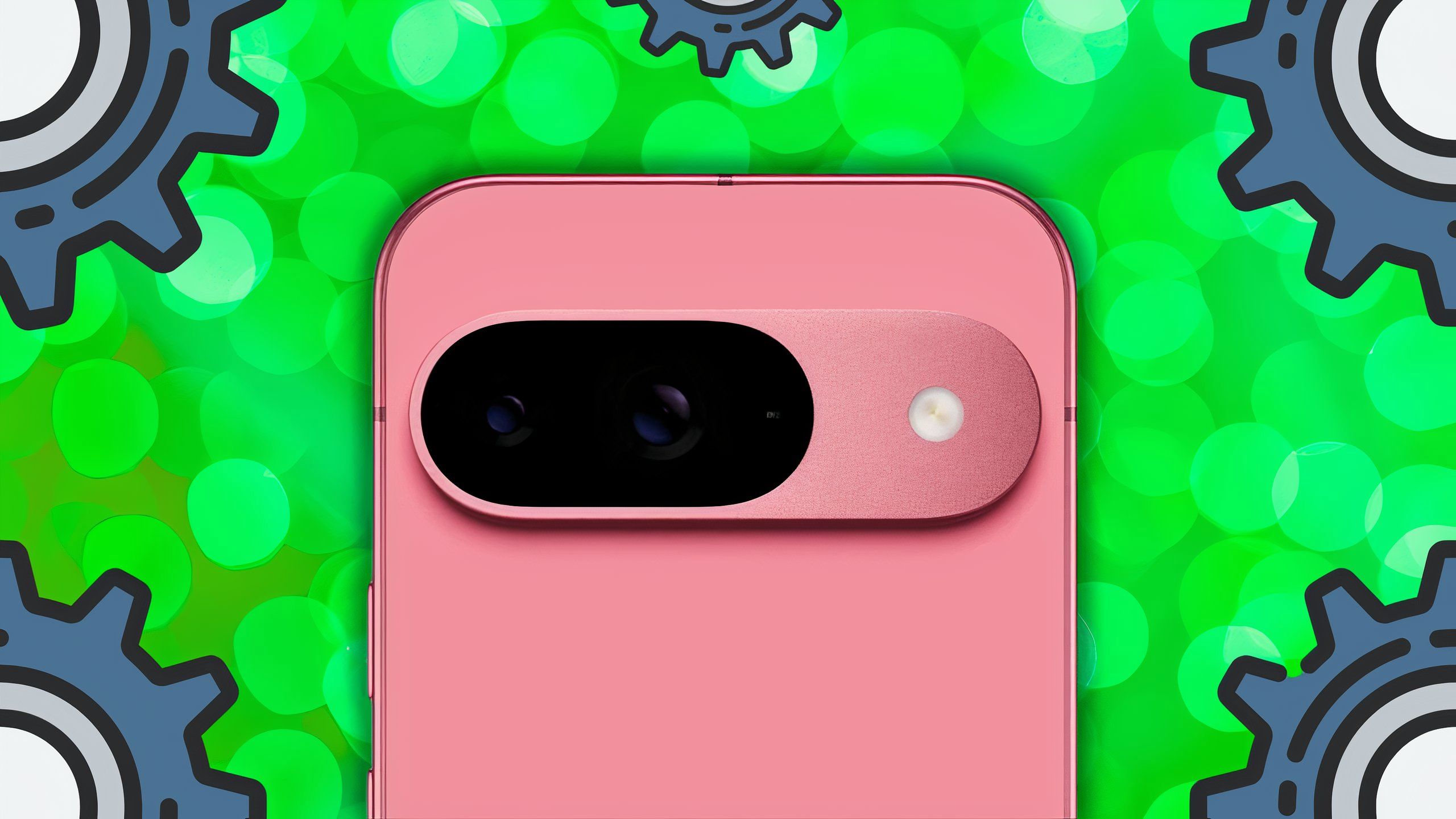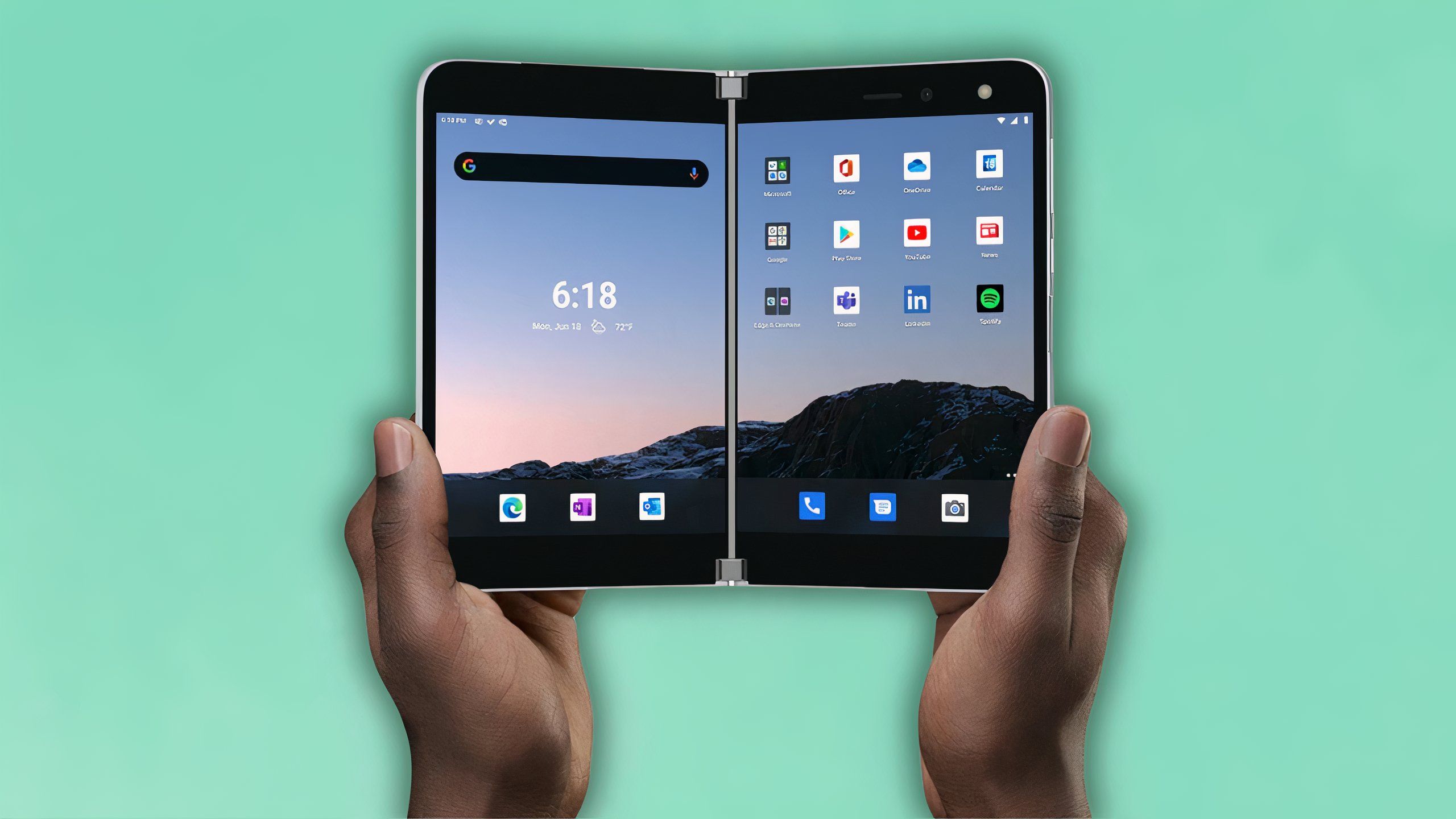Summary
- The Soli Radar System is a technology capable of detecting and measuring the properties of objects via radio waves.
- Google’s ATAP team is responsible for Project Soli, which eventually shipped as part of the Pixel 4 and 4 XL handsets in 2019.
- Some of the Pixel 4’s Motion Sense features are gimmicky, but the enhanced face unlock is a game-changer that I’d love to see return.
Somewhere deep and hidden within Google’s Mountain View, California headquarters, the company’s internal Advanced Technology and Projects (ATAP) group spent years of research and development on something we now know to be Project Soli. At its core, Soli utilizes short-range radio waves to detect and measure objects in proximity — in other words, the tech is a kind of radar system.
“Project Soli is developing a new interaction sensor using radar technology. The sensor can track sub-millimeter motions at high speed and accuracy. It fits onto a chip, can be produced at scale and built into small devices and everyday objects,” reads the YouTube description of an official Soli introduction video from 2015.
Fast-forward to the year 2019, and Google decided the time was right to bring Soli to the mainstream. The tech giant’s flagship Pixel 4 and Pixel 4 XL handsets launched with an integrated Soli Radar System — the first of its kind in a consumer smartphone — and it was heralded as the next big thing in pocket computing. Soli unlocked a set of so-called Motion Sense features, in addition to playing a supplementary role in biometric face unlock.
For better or worse, Soli didn’t set the world on fire. Despite a large marketing campaign, the Pixel 4 and 4 XL didn’t sell a substantially higher number of units than their predecessors, and Google dropped built-in radar tech like a sack of potatoes in its succeeding Pixel 5 the next year.
Not long after, Google found its cellular mojo in the form of the Pixel 6 series, which served as a soft reset for the Pixel line as a whole. The company settled on a confident design language, it began designing its own chipsets, and it banished consumer-facing Soli to the realm of the Google Graveyard.
The Pixel 4 all but buried Soli
The tech itself is rather impressive, but the Pixel 4 wasn’t the right vessel for its introduction
Unfortunately for Google, the Pixel 4 and 4 XL were flawed smartphones, and Soli was simply caught in the crossfires of being at the wrong place at the wrong time. At the time, ever-thinner display bezels were all the rage, and Soli was maligned for necessitating a rather large forehead. The Pixel 4 was also plagued with poor battery performance, to say nothing of the controversial “Wide angle can be fun, but we think telephoto is more important” quote from Google’s then-computational photography lead, Marc Levoy.
At the end of the day, however, the Soli Radar System itself is an incredibly impressive bit of tech, and it could’ve (and arguably should’ve) been the start of something great. Now, I was never personally sold on some of the Motion Sense gestures unveiled at the time — waving my hand at my phone to skip music tracks and to quiet alarms is superfluous at best — but it absolutely shined when it came to the Pixel 4’s facial unlock.
With an Apple Face ID-style system in place, the Pixel 4’s facial recognition system was enhanced by Soli in one key metric: speed. The radar could detect when you were approaching and lifting your phone, priming the rest of the sensors to fire up and to authenticate biometrically in the speediest way imaginable. It was brilliantly snappy, it worked in the dark and in direct sunlight, and it beats the AI-based solution currently found in the Pixel 9 series of devices.

Related
5 overlooked Google Pixel settings I wish I knew about sooner
Despite presenting the Android OS in a clean and minimalistic manner, Google’s Pixel phones also feature some handy lesser-known settings.
Smartphone hardware has matured
Soli-powered Motion Sense and facial unlock is ripe for a comeback
As it turns out, much of the Pixel 4’s sizable forehead is the result of needing to house an IR camera, a dot projector, and a flood illuminator, and the Soli radar chip itself only takes up a small portion of this designated area. The ambient light and proximity sensor, the audio port, and the front-facing camera each take up additional space, only adding to this mischaracterization of Soli as being a space hog.
These days, light sensors can be hidden behind the display, punch-hole selfie cameras reign supreme, audio grills are barely-there slits, and Apple has proven with Face ID that advanced facial biometric sensors can be compacted into a single, small Dynamic Island-sized cutout.
…the tech deserves a second lease on life and the opportunity to evolve from both a hardware and a software standpoint.
And, so, it’s not a stretch to imagine it being possible to layer a next-generation Soli radar chip under the display of a modern Pixel without compromising on the bezel size, while also bringing back the Pixel 4’s excellent facial unlock system in its entirety. I’d personally love to see next year’s Pixel 11 lineup triumphantly return in Soli-touting fashion, complete with facial recognition, and with perhaps a more thought-out set of Motion Sense gestures in tow.
The current status quo, one in which Soli and its Motion Sense capabilities are remembered as a haunted ghost of the Pixel’s past, is genuinely unfortunate. Google’s ATAP team doubtlessly spent a considerable amount of time, energy, and money on Soli, and the tech deserves a second lease on life and the opportunity to evolve from both a hardware and a software standpoint.

Related
Microsoft was right with Surface Duo: Two screens are better than one
Microsoft should never have killed its Surface Duo line of foldable phones – put simply, dual-screen mobile devices are an ideal form factor.










